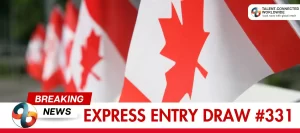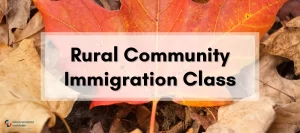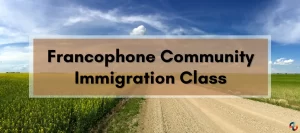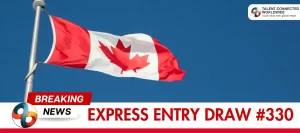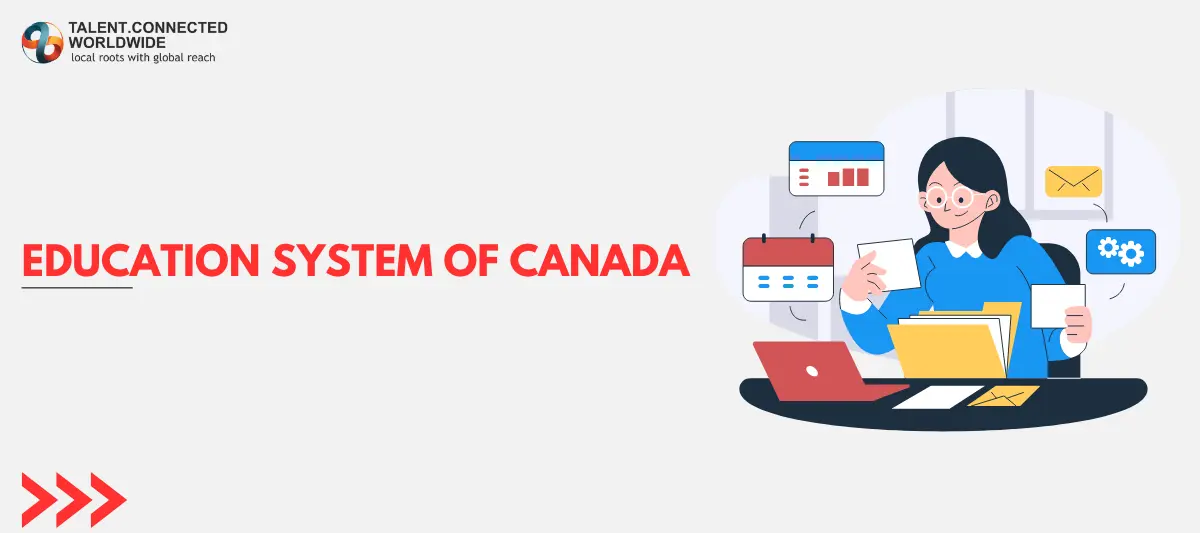
The education system of Canada is a public school system funded by the government and managed by the provinces. It offers free education to all Canadian citizens and permanent residents including children, adolescents, and adults. The goal of the Canadian education system is to provide students with world-class knowledge and skills so they can be successful later in life.
The education system of Canada is classified into different levels, similar to other countries. Educational institutions are mainly managed at the provincial level. Each province has its own educational regulations, and each provincial school district has its own policies as well.
In this blog, we will talk about the education system of Canada and the factors that make it one of the best academic systems in the entire world.
Download Free Immigration and PR Guide PDF
Education Levels in Canada
The education system of Canada is divided into three levels:
- Elementary schools (Kindergarten to Grade 6)
- Junior High (Grade 7 to 8)
- High School (Grade 9 to 12)
Note: Quebec, being an exception, has divided high school to secondary 1 to 5.
1. Elementary schools
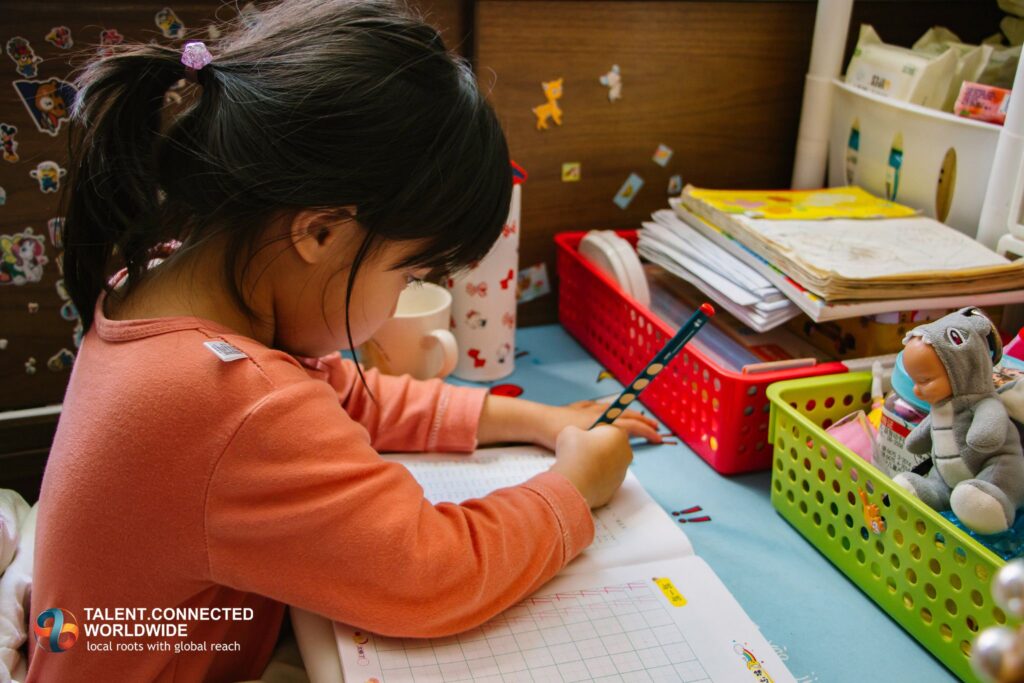
Children attend elementary schools or kindergarten when they are 4 or 5 years old to the age of 11 or 12 years. Education in Canada is offered by public, private, and federal schools as well as special schools for the visually or hearing impaired ones.
2. Junior High
Junior high or middle school (Grade 7 and 8) are mandatory for all children to attend. It is funded by the provincial or the territorial governments.
3. High School
High school is secondary education level that consists of the following grades:
- Grade 9
- Grade 10
- Grade 11
- Grade 12
In Ontario, students are allowed to remain in school for a fifth year—commonly called Grade 12+. They must stay in high school at least till the age of 16 years by law (regardless of grade).
In Ontario and New Brunswick, students must remain in school until age of 18 years or until they successfully complete high school. Most Canadian students successfully complete high school and receive a diploma.
Post-Secondary Education in Canada
Students may apply to any college or university after completing high school. Canadian colleges offer numerous ways for students to gain work experience in the country while studying.
These schools grant certificates, diplomas, and associate degrees in various fields. Many students go to college in order to gain the experience and skills that will help them be successful at a four-year university. Others use college to train for specific careers or trades that would allow them to enter the workforce immediately after graduation.
Universities in Canada
Universities in Canada are institutions that grant academic degrees and conduct research in a variety of subjects. A university is an institution for higher learning that offers both undergraduate and graduate programs.
Canadian universities offer:
- Bachelor’s degree – Bachelor’s degrees are undergraduate academic programs that take 3 to 5 years to complete.
- Master’s Degree – A Master’s degree can be earned in just 2 years. It allows students to advance their careers after a bachelor’s degree.
- Ph.D. – The Ph.D. is a postgraduate degree that takes 3-6 years to complete and requires extensive research in the chosen field.
Canadian Education System Ranking in the World
Canada ranks in the 4th position in the world for its education system, according to the U.S. News. Canada’s education system is one of the best in the world, offering both private and public schools at much more affordable fees than other countries.
Cost of Education in Canada for International Students
Below are the approximate charges of cost of education in Canada (for international students):
| Type of School | Approximate Annual Fee |
|---|---|
| Public Schools | $9,500 to $17,000 |
| Private Schools (Independent Schools) | $15,000 to $30,000 |
| Private Schools (Independent Boarding Schools) | $63,000 to $83,000 |
Source: EduCanada.ca
Though the education system in Canada is generally free, it does depend on the kind of educational institution you choose. Canadian citizens and permanent residents enjoy the benefit of free education for their children, while on the other hand, international students have to pay a certain tuition fee.
Why is Canada’s Education System so Good?
Canada’s education system is so good because it prepares students for the real world. Most of the study programs offer practical teaching lessons so students can get hands-on experience.
Canada’s education system focuses on different aspects like critical thinking, communication skills, and problem-solving. This means that students spend less time in the classroom learning things by heart and more time developing their critical thinking skills.
It also uses an inquiry-based approach— students learn by doing rather than just listening to lectures— which makes them more prepared for a career later in life. This helps develop practical skills like teamwork and collaboration.
Canada Education System for Indian Students
Among those who study in Canada, Indian students show interest in pursuing degrees that are globally recognized. Indians can also easily immigrate to Canada from India once they complete their Canadian studies.
To immigrate, they can apply for any of the following Canadian immigration programs:
- Express Entry
- Provincial Nominee Program
- Atlantic Immigration Program
- Quebec Regular Skilled Worker Program
There are several other immigration programs for which they may qualify. To learn more about studying in Canada and immigration programs, or to consult with CICC authorized Canadian Immigration experts, give us a call!
Don’t forget to fill out the form below for some insights and advice from our experts!


